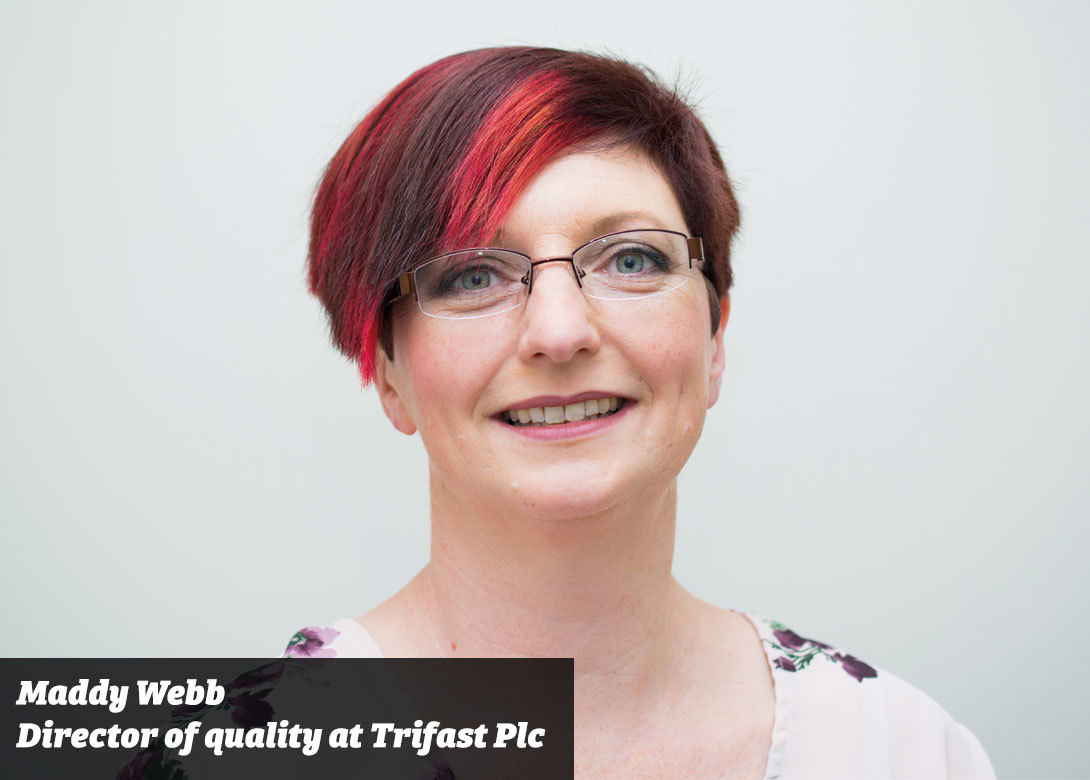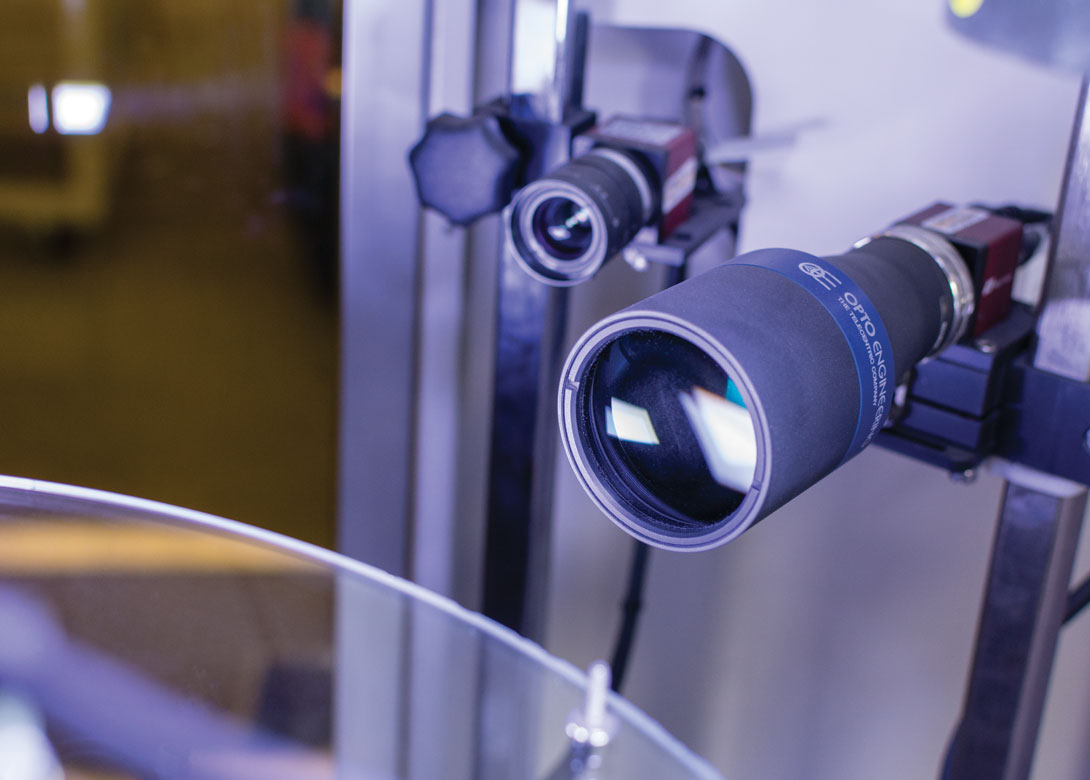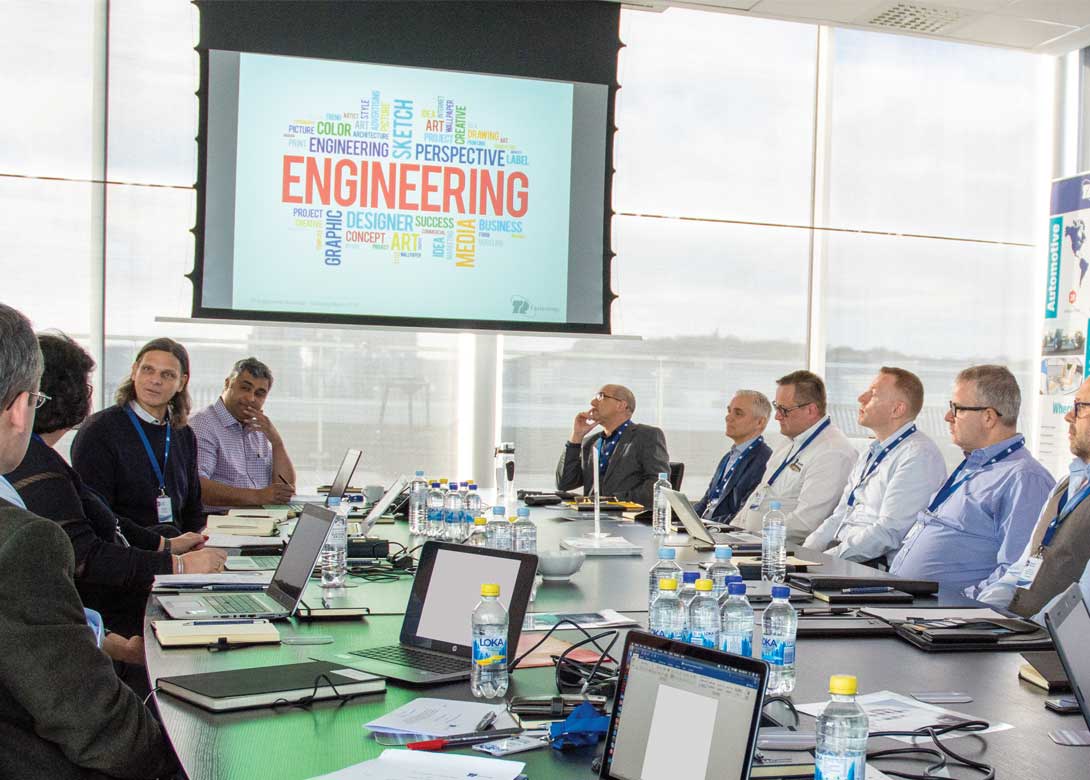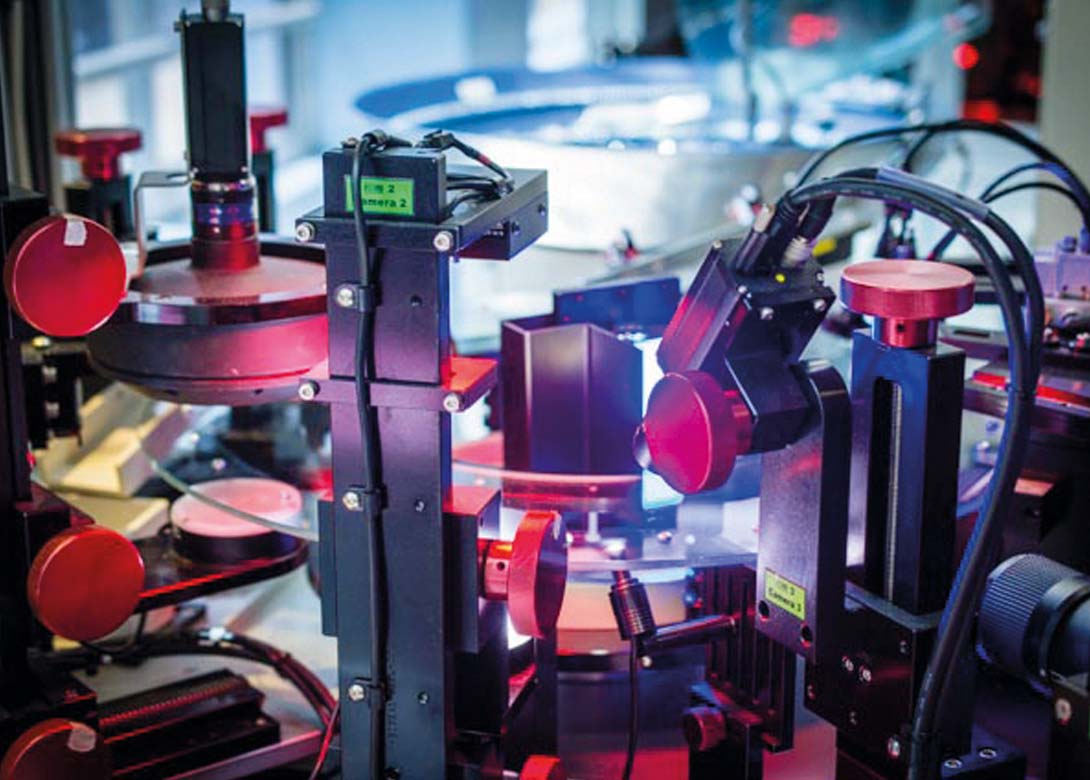
Maddy Webb, director of quality at Trifast Plc, speaks to Editor Will Lowry about the importance of quality within the fastener industry and how the Group’s quality strategy is helping it work closer with customers to find optimal solutions.
How did your career start within the fastener industry?
“I started at Trifast Plc, known in the industry as TR Fastenings, in 2000 as a location quality manager – specifically for the automotive division. I then became involved in the supplier quality side, travelling to Taiwan and Europe to assess manufacturing plants, analysing their processes and systems, and addressing any quality concerns. Later I moved into a customer quality role, where I was involved in how customers approach quality. A big part of this was understanding the globalisation of customers’ businesses and how it could potentially impact us at TR. In April 2018 I was appointed director of quality in recognition for the work I had done.
However, it was the experience I gained prior to starting at TR that has been the foundation to everything I have done. I started with a university degree in metallurgy and materials engineering, which isn’t that common. Most people who study engineering degrees go into structural engineering, which is great for customer applications. However, when it comes to the components themselves it doesn’t really help. Therefore I like to know what is going on inside the products and understand the applications, so metallurgy and materials engineering appealed to me.
After university I worked for several organisations including a heat treatment company, which provided me with insight into heat treatment processes and the finishing industry. I also worked for a tier 1 to the automotive industry, focussed on seating assembly. This gave me valuable experience of working with an OEM daily, which helped me in turn understand how customers’ requirements flow down the supply chain. In addition to this I worked as a quality consultant setting up the QS9000 standard for companies in the automotive industry.”

You have been in your role as director of quality at TR Fastenings for over 12 months. What has been TR’s main strategy on quality in this time and what are your plans for the future?
“We have focused on the transition from the ISO 16949 standard to IATF 16949, which was key for us as a business. It made sure we were compliant with global requirements. IATF 16949 is an automotive standard specifically for automotive manufacturing and we have now completed the transition at all our automotive manufacturing sites worldwide. A lot of our customers rely on the standard, and they won’t take quotes or parts from suppliers who are not accredited.
During this time, our distribution sites have also transitioned onto the new ISO 9001:2015 standard. This is absolutely core for every customer we have, as they all want to check we are running our business and monitoring our processes in a recognised and efficient way.
That is a big difference between us and somewhere like Amazon – where, if it goes wrong, the customer simply sends it back and gets their money back, but the process isn’t reviewed. With IS0 9001:2015 we are able to analyse if we have a problem and look at how we can use this to drive improvement, to make sure it is right next time.
A key factor when adopting both these standards is taking what you learn in one industry sector and applying it to other sectors. For instance, the IATF 16949 standard is brilliant for manufacturing with certain tools, but we might not want to adopt all the practices for our non-automotive sites. Therefore, once the standard is established we look to pick out what is best practice and apply it to our key manufacturing sites that aren’t automotive and move them towards the IATF standard – to further support some of our product ranges.
Looking forward, we have a lot of internal investment planned in the core structure of quality, including the training and development of our staff. There are so many opportunities out there that if we give the people the tools, they will identify their own improvements, which will help us improve as a Group.
Another area, and the fastest growing one in our business, is with the global tier 1’s where they have shared programmes, and they want consistency. This involves different divisions of the Group around the world and how we interact with a customer that has globalised its platform. As a Group we are exploring how we meet those needs and how we can best balance out those requirements. We have a global enquiry portal where all customer enquiries are loaded and my team and I have early involvement in that process to guide and assist.
More and more customers are looking to standardise their global operations and we work hard to support them in this and they can leverage the benefit. This helps drive best practice and provides challenges for us across the Group regarding supply chain management. It is crucial for us to understand what our customers need from us, as it is an ever-changing environment when it comes to quality. There is always a new standard that comes along and changes your perspective. It is a constant cycle of finding out what is needed and reacting to it quickly and effectively, whilst also maintaining and strengthening that customer relationship.
One more project we are working on is the correlation between sales and quality. Customers’ requirements and a company’s quality are traditionally at loggerheads. The portal allows us to give support early on in the process, and not after the event which is when emotions run high! For us it is about getting the balance between quality and delivering on the needs and expectations of the customers. We look to use our knowledge of quality to drive how we interact with these customers. By ensuring sales and quality work closer together you can optimise your service and ensure customers are getting the right solutions.”

You mention the correlation between sales and quality. What do frontline fastener sales and purchasing people need to understand about fastener quality? What questions do they need to ask?
“Sales teams are responding to the request for the fastener a customer actually asks for. However, it’s easy to get caught up in what the customer is saying and we may not always ask the right questions about the application, and the use of the part. This is particularly important for special parts. Are they asking us for a part they are already using and they just want another supplier, or are they developing a new part for a specific application?
It is vital you understand this, because there are two sides to fastener manufacturing. There is the straight forward, it exists, it is defined to a standard, please make it. In which case you just need to know what that standard is and what the expectations are for approval, as well as use. The other side is supporting the customer to specify the fastener properly. When developing a part, customers’ usually need a lot more support. They may have drawings that no standard fastener process can meet. You will also often find the required product will have features you might not be able to produce from your machines at the price they want.
That is why it is crucial you find out whether the customer is asking for what they really mean. If a customer ends up saying: ‘I want this widget’ and you allow them to call it ‘a widget’ – when actually it is a very straightforward hex head set screw – you have then lost the traceability on what it is, you have lost the ability to meet a standard.”
How does TR make sure the sales team recognise this and act upon it?
“We are in a strong position as we have an excellent sales and engineering team with a lot of technical knowledge. In some companies the only technical resource they may have is the quality team. For us, technical expertise goes a long way beyond quality. We have people right up front with the customers working through those expectations and requirements who have the right level of knowledge to advise them correctly.
Quality is the framework for what we are doing. It is not necessarily the day on day conversation with the customers – that is usually managed by the engineers. Once the specification is set that is the point where quality comes into its own; because quality is compliance to standard, but until you have set the standard you can’t comply with anything.
We already have a high-level of technical knowledge within the Group, but we are still working on developing our knowledge even further and we do this through product training. A key tool we have for this is our website, which includes a lot of information on the products, as well as videos and training courses. Training enables you to expand an employee’s knowledge and underline the role quality can play in helping them work with the customers to find solutions. I like the idea and concept that everyone in the company can work for quality – everyone is part of the network and striving towards the same goals.”

Are customers starting to appreciate the importance of quality?
“What we find is that customers sometimes think quality is so well assured that they take it for granted and they don’t realise the extra steps we take, and processes we have introduced, to ensure only the highest quality products reach them.
You do such a good job protecting the customer, they assume the product will always be right whoever they buy it from and so they try to push the price down or they go somewhere cheaper where they aren’t so regimented regarding checks. What we then find is that customers come back to us because the quality of the products starts to become an issue and they realise the quality we deliver is not guaranteed throughout the industry.
That is why we always look to define exactly what the customer is asking for and make sure any extra feature or requirements are included in the drawing. This means everyone that quotes on the drawing is quoting on a like for like basis. If you allow the customer to not define some of those requirements, you are giving them the opportunity to get somebody else to quote at a cheaper price, but they end up getting a different product from their actual requirements.”
Is there a time to say ‘no’ to the customer?
“Absolutely. Once you understand the customer’s requirements and you have gone back with your proposal, if the customer doesn’t like it and they want to drive you down on price you have to ask yourself what you are prepared to do as a company. Where does the risk come?
I am not talking about a company’s sales strategy, but when a customer wants you to take out steps that are there to guarantee quality and provide assurance. That is when you have to ask yourself as a business is this what we want to get into, and as a group we take this very seriously. Previously we have challenged customers on what they said they wanted and what they are prepared to pay for. It is always a see-saw and we strive to find the balance. We don’t just say ‘yes’ to customers because we want the business, but we also don’t just want to say ‘no’. We look to get a business balance where we can meet the customers’ needs whilst still delivering a quality product.”

Will joined Fastener + Fixing Magazine in 2007 and over the last 15 years has experienced every facet of the fastener sector - interviewing key figures within the industry and visiting leading companies and exhibitions around the globe.
Will manages the content strategy across all platforms and is the guardian for the high editorial standards that the Magazine is renowned.
Don't have an account? Sign Up
Signing up to Fastener + Fixing Magazine enables you to manage your account details.